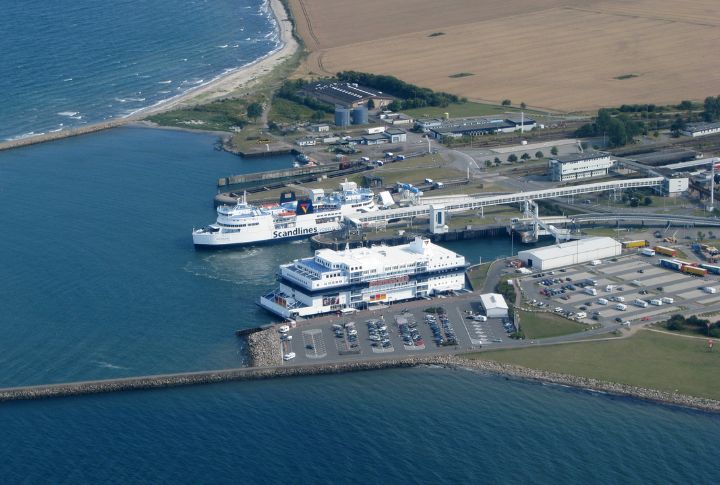
Imagine driving beneath the Baltic Sea, seamlessly traveling from Germany to Denmark without ever boarding a ferry. The Fehmarnbelt Tunnel, scheduled to open in 2029, promises precisely that. Dive into these ten notable highlights of this groundbreaking project.
It’s The World’s Longest Immersed Tunnel

Stretching 18 kilometers under the Baltic Sea, the Fehmarnbelt Tunnel will become the longest immersed tunnel globally, surpassing the Oresund Tunnel. Its impressive length and depth of 40 meters below the baltic sea mark a revolutionary milestone in European transportation infrastructure.
Precast Precision Engineering
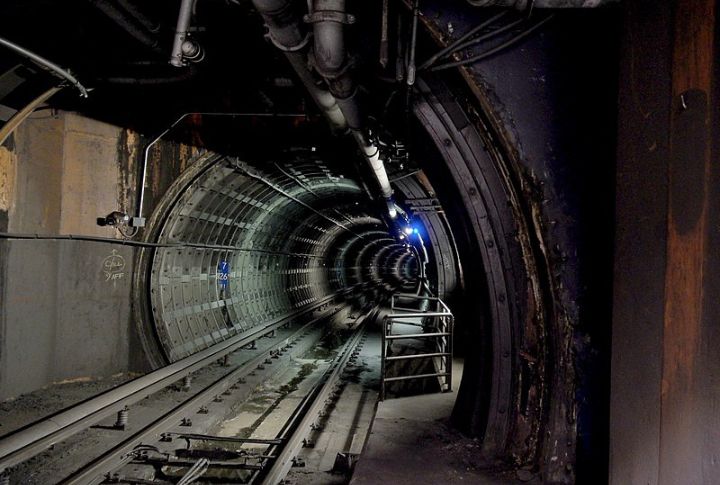
Construction of the tunnel utilizes 89 precast concrete segments, each weighing an astonishing 73,500 tons and spanning 217 meters in length. These massive segments guarantee consistent quality, dramatically reduce construction timelines, and showcase an extraordinary example of modern precision engineering.
Ferry-Free Future
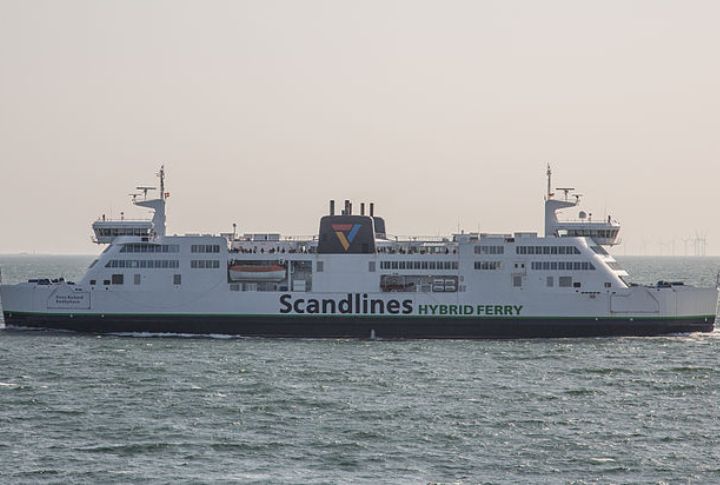
The tunnel will slash travel times immensely by replacing the existing ferry route. It will also enable a smooth drive or rail travel between Puttgarden, Germany, and Rodby, Denmark. Travelers will enjoy quicker, more reliable commutes, significantly enhancing convenience and reducing the region’s carbon footprint.
Mega-Segment Assembly

The project will use massive precast segments that are heavy and bulky, which is no easy task. The tunnel demonstrates unparalleled engineering ambition. These colossal sections, assembled off-site, significantly reduce construction time and also ensure precision, quality, and project efficiency.
Engineering Collaboration
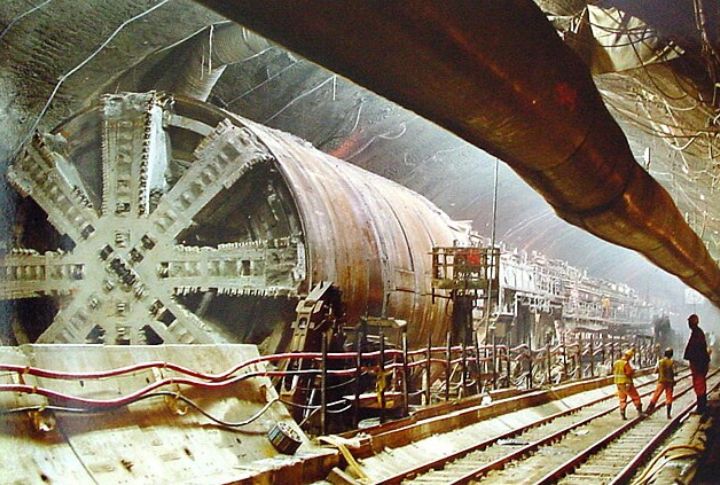
This groundbreaking project symbolizes unity between Germany and Denmark, with teams of international experts collaboratively bringing it to life. Innovative construction techniques and meticulous planning by these skilled professionals exemplify global cooperation. This is a triumphant legacy, thanks to teamwork.
Economic Powerhouse

The tunnel promises substantial economic benefits, greatly enhancing trade efficiency between northern Germany and southern Denmark. Streamlined cargo transport will foster business growth, stimulate local economies, and boost the region’s prominence within Europe’s broader economic backdrop.
High-Speed Connectivity
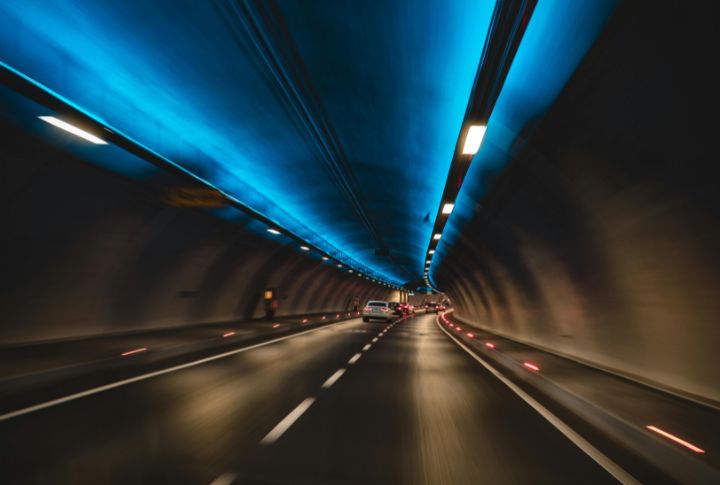
Travelers will experience unprecedented convenience, reducing the current 45-minute ferry crossing to a mere 10-minute drive. The train ride will only be 7 minutes! This drastic reduction in journey time fosters easier cross-border commuting. It will also facilitate closer ties in tourism, employment opportunities, and cultural exchange between neighboring nations.
Marine-Life Friendly Design
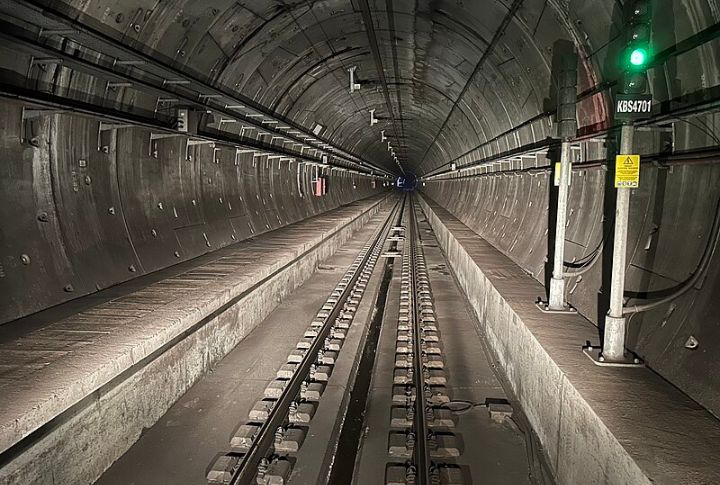
In the continued efforts towards sustainability, the tunnel incorporates innovative features designed specifically to safeguard the environment. Energy-efficient LED lighting, advanced ventilation systems, and reduced noise pollution measures ensure minimal ecological disturbance. Think of it as a benchmark for eco-friendly infrastructure projects.
Modern Safety Features
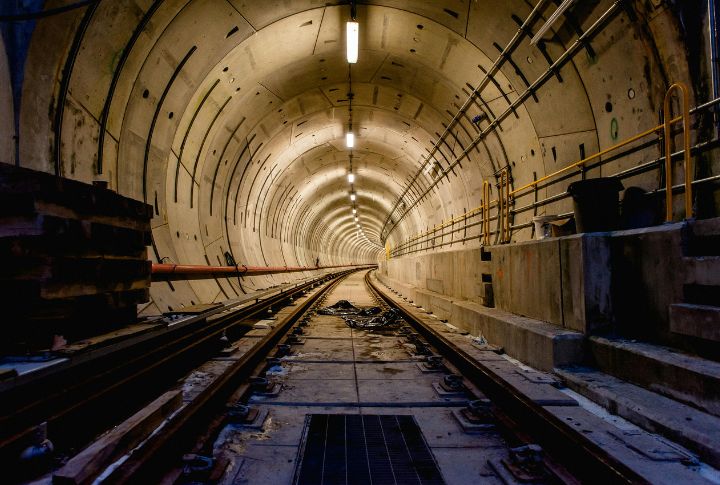
State-of-the-art safety systems, including advanced ventilation, fire protection, and emergency evacuation routes, ensure the Fehmarnbelt Tunnel will be a marvel of engineering and a benchmark for global tunnel safety standards, prioritizing passenger security at every turn.
Potential Challenges And Financial Significance
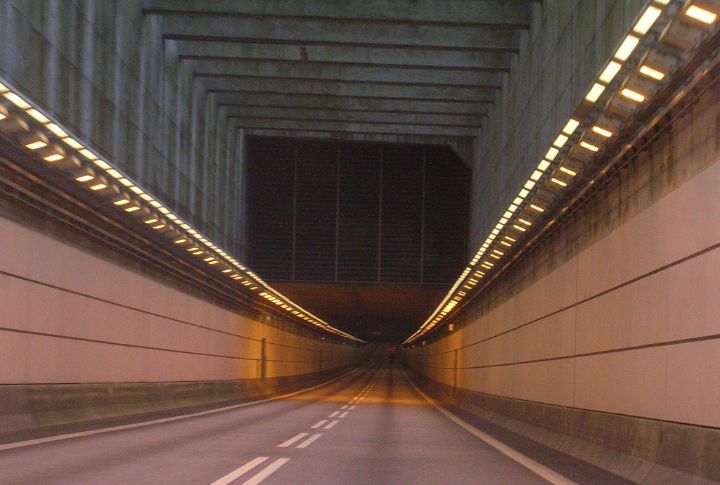
While the Fehmarnbelt Tunnel promises immense economic benefits, potential challenges remain. Cost overruns, environmental concerns, and construction delays are common in megaprojects. Its financial impact is substantial, with an estimated cost of €7 billion ( approximately $7.6 billion). Careful management is vital to ensure this ambitious endeavor remains on track and within budget.
